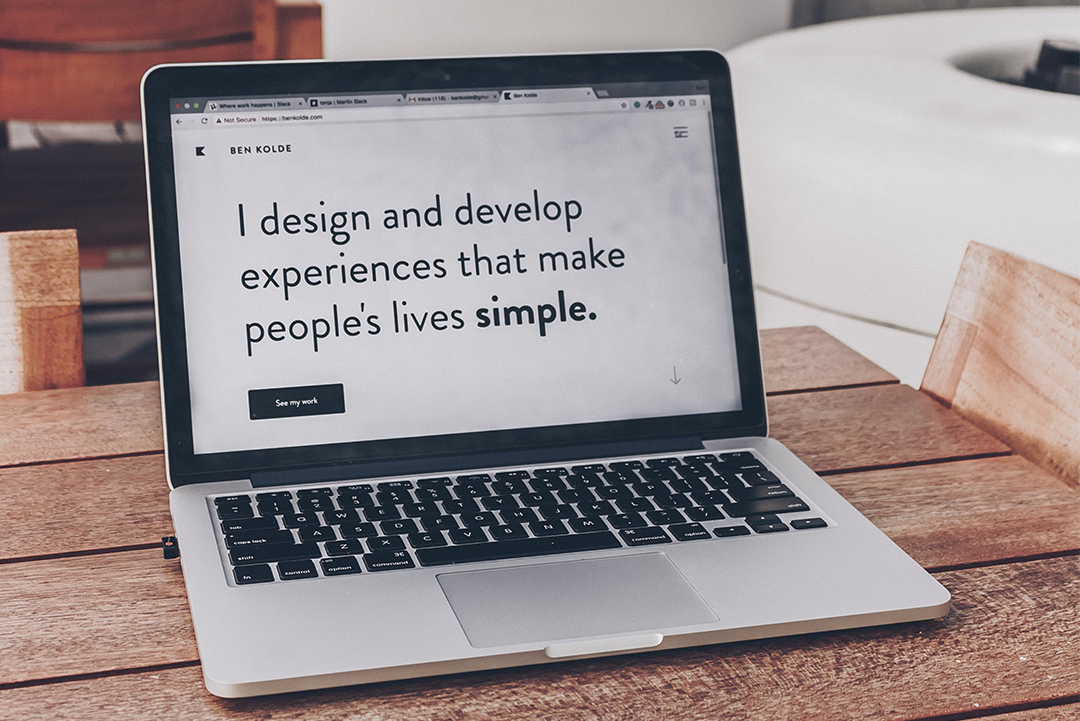FRESH GRAD GUIDE
FRONT END, BACK END, AND FULL STACK: WHAT'S THEIR ROLE IN WEB DEVELOPMENT?
JULY 20, 2022

Website development is like building a house. You make the foundation and the structure, and you create the interior design that fits your lifestyle and daily needs. Similarly, a website is a home to your business's content; therefore, it should serve its purpose and accommodate your visitors.
While a house is designed and built by engineers, architects, and interior designers, an effective website is created by the front end, back end, and full stack developers. Some get confused over the web developers' duties and responsibilities, but each has their focus areas.
Front End Developer: The Interior Designer
Let's start with front end development. Everything that visitors see on a website is the product of a front end developer. From fonts and colors to menus and buttons, front end developers create all these visual elements by translating a website design into web-speak.
Front end developers specialize in user-facing coding and building architecture that allows for an immersive user experience. They must be skilled and proficient in three programming languages:
- HTML
- CSS
- Javascript
Not only do they have to be proficient in these languages, but they also need to be adept in different frameworks such as:
- Bootstrap
- Foundation
- Backbone
- AngularJS
- ReactJS
- EmberJS
The frameworks help ensure a website's appealing look and usability on computers or mobile phones. Technical knowledge isn't the only requirement for a front end developer as they also have greater freedom for creativity. A great front end developer can spot navigation issues that could derail a user experience and provide codified solutions to adjust the design. Think of them as interior designer who has the eye to see which elements look good together or which ones are out of place or difficult to find.
A front end developer might have the tools to bring a website to life with all the layout and visual elements, but the structure won't function well without a back end developer.
The Back End Developer: The Architect
It's the back end developer's job to manage and maintain the hidden parts of a website. You don't see the wiring, the metals, and the foundation of a house, but they support the entire structure. The same applies to back end development, which incorporates the main application logic.
The back end developer processes and secures massive amounts of data visitors get from and leave on the front end. When a visitor subscribes to a mailing list through the website's interface, the back end receives the information, stores it, and protects its privacy.
Building the foundation is one of the back end developer's significant responsibilities. Without a logical and robust foundation, the website will come crashing regardless of its impressive front end. Back end developers must be adept with server-side languages such as:
- PHP (Zend, Symfony, CakePHP)
- Ruby
- Python
- Java
- .Net
They should also have the skills to use tools like:
- MySQL
- Oracle
- SQL Server
The goal of back end development is to write a clean and organized code that works well with the front end but to do that, and they need to collaborate with business stakeholders to understand their needs. They will then translate these needs into technical requirements, which will be their guidelines in developing an architecture for the website.
Full Stack Developer: The Designer and the Architect in One
Tech professionals call full stack developers the jack of all trades since they can do both front end and back end development. They offer the complete package, from the client to the server side of a website. They are knowledgeable about the programming languages and frameworks that front end and back end developers use. More than that, they know the ins and outs of how the web works. They can configure Linux servers, write APIs, tinker with Javascript, and have the eye to evaluate the CSS.
If full stack developers offer the total package, why do companies still look for front end and back end developers?
The answer is simple: web development is a heavy load to take, and putting it all on one person may not be the best way to approach it. Full stack developers have the knowledge and skills in all aspects of web development but don't have the specialties of front end and back end developers. If a company has a team of full stack developers, they will most likely be divided into the front end and back end development groups to give each aspect the full attention it requires.
Having a full stack developer on the team is an advantage as a company will have someone who can do both sides, but it will still be best to have developers who focus on just the front or back end.
A Team Approach
Like building a house where the structure and interior design should go hand in hand, website development combines reliable front and back end. Regardless of their focus areas, web developers must work together to create a website that fulfills its specific purpose. A front developer must be familiar with the work of a back end developer and vice-versa to always be on the same page. Full stack knowledge will always be an advantage, but being a master of one area can bring a developer to great places.
Ready to join a tech workforce of driven and motivated professionals? Check the available tech jobs in your chosen track, register in training courses to upskill, or refer your friends and earn today.
JULY 20, 2022


